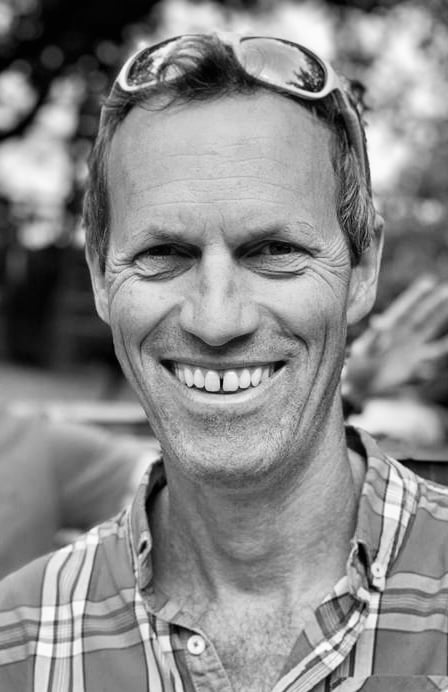Population Change (AQA A Level Geography) : Revision Note
Natural Population Change
Natural Population Change
Natural population change occurs when birth and death rates differ in a place
If birth rates are higher than death rates then there will be a natural increase
If death rates are higher than birth rates there will be a natural decrease
Population also changes when people migrate into and out of an area
Population change is also influenced by the following key vital rates:
Fertility rate
Infant mortality rate
Replacement level
Net production rate
Examiner Tips and Tricks
There are lots of key terms here that will be important to learn. You may not get asked directly to define them but if you can use them with confidence in your exam answers you will be credited with more marks for knowledge and understanding (AO1)
Factors in Natural Population Change
Factors that affect death rates, birth rates and fertility rates, have a significant impact on population and rates of change
The following all contribute to high death rates:
Poverty and low levels of socio-economic development
Poor medical infrastructure
Poor nutrition
Lack of clean water supply
Poor sanitation
The following cultural controls lead to higher rates of fertility and births:
Gender
Some societies, such as those in rural parts of LICs like Niger, prefer male children so that they can contribute more to family income
This leads to more births as parents will keep having children until they have more than one boy
Discrimination against women in some cultures leads to lack of education and less chance of a career
Therefore women are likely to have more children at younger ages
Marriage traditions
The younger a woman marries, the more children she is likely to have
In Niger 75% of girls marry before the age of 18
Fertility rates in Niger were 6.9 in 2020, one of the highest rates in the world
The following cultural controls lead to lower rates of fertility and births:
Religion
Some faiths, such as Roman Catholicism, oppose contraception which can put a check on fertility and birth rates
Political policies
Governments concerned about overpopulation can introduce policies of population control
China operated a ‘one-child policy’ from 1979-2015
The Indian state of Kerala has invested in girls education since 1980s
This helped bring down the fertility rate in the state down from over 5 to 1.8 in 2021
Examiner Tips and Tricks
When writing about the factors affecting population change, consider that each factor might change population in different ways depending on where in the world it is. For e.g. population policies restricting birth rates operate in some parts of the world but in other countries, governments are trying to increase birth rates to stimulate growth in young populations. The more you can explain the changes over space the more marks you will achieve.

You've read 0 of your 5 free revision notes this week
Sign up now. It’s free!
Did this page help you?

